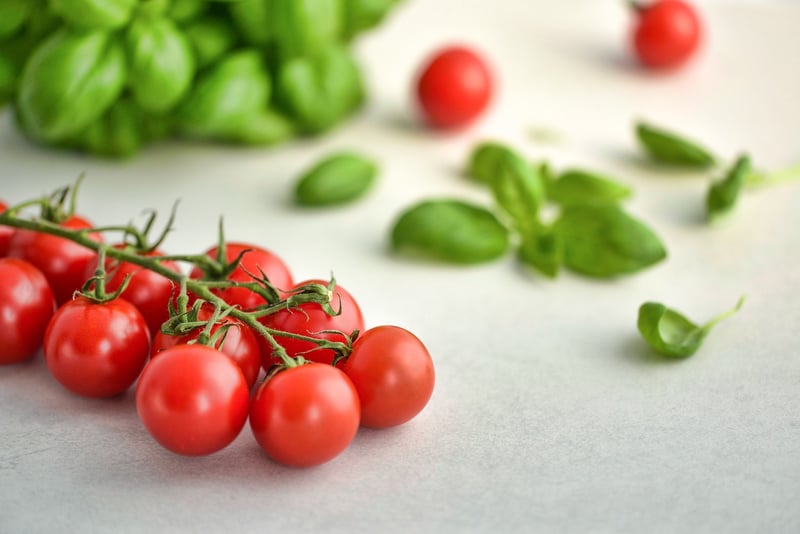Flavor Pairing
Enhance Your Culinary Skills with the Art of Flavor Pairing
Are you looking to elevate your cooking game and create dishes that tantalize your taste buds? One of the key secrets to achieving culinary excellence is mastering the art of flavor pairing. By understanding how different flavors complement each other, you can take your cooking to the next level and impress your friends and family with delicious and well-balanced meals.
What is Flavor Pairing?
Flavor pairing is the practice of combining ingredients that have complementary or contrasting flavors to create a harmonious and well-rounded taste experience. By carefully selecting ingredients that work well together, you can enhance the overall flavor profile of a dish and create a memorable dining experience.
Tips for Successful Flavor Pairing:
- Balance is Key: Aim to balance different flavor profiles such as sweet, salty, sour, bitter, and umami to create a harmonious dish.
- Contrast for Impact: Combining contrasting flavors, such as sweet and salty or spicy and creamy, can create a more dynamic and interesting taste experience.
- Consider Textures: Pairing ingredients with different textures can add depth to a dish. For example, crunchy nuts on a creamy dessert or crispy bacon with a soft scrambled egg.
- Don't Forget Aromatics: Herbs, spices, and aromatics can elevate the flavors of a dish. Experiment with fresh herbs like basil, cilantro, or mint to add a burst of freshness.
Get Creative with Flavor Pairing:
Don't be afraid to experiment with unconventional flavor combinations. Some classic examples of successful flavor pairings include:
- Tomato and Basil: The fresh and herbal notes of basil complement the sweet acidity of tomatoes perfectly.
- Chocolate and Chili: The rich, sweet flavor of chocolate is enhanced by the spicy kick of chili, creating a decadent treat.
- Orange and Fennel: The bright citrus flavor of orange pairs beautifully with the subtle licorice notes of fennel.
Remember, the key to successful flavor pairing is to trust your taste buds and be willing to experiment. Don't be afraid to think outside the box and discover new and exciting flavor combinations that will take your cooking to new heights.

So, the next time you step into the kitchen, challenge yourself to think about how different flavors can work together to create a culinary masterpiece. With practice and a bit of creativity, you'll soon be impressing everyone with your newfound culinary skills!
Happy cooking!
